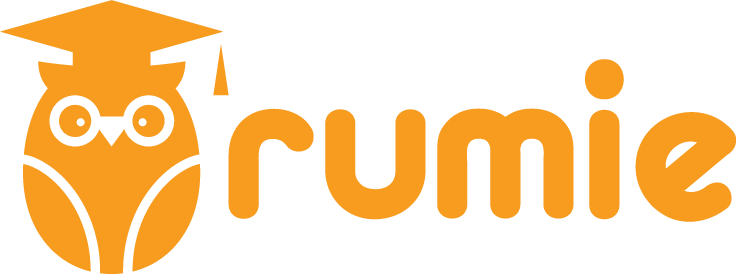You’re halfway through your interview, feeling pretty confident — and then the interviewer asks: "Can you describe a time you had to meet a challenging goal?"
Suddenly your mind goes blank. Do they want to hear about school? A job? What even counts as “challenging”?
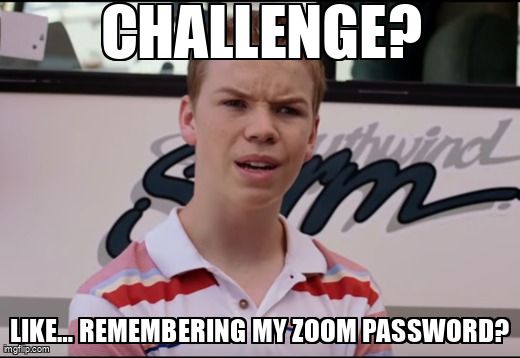
It's Not Just About Goals...

Interviewers aren't just curious about your goals — they want to see:
Pressure: Can you stay calm and focused when things get hard?
Problem-solving: Can you figure things out and adapt?
Reflection: What did you learn, and how did you grow?
Tip: Don’t just say what you did — explain how and why.
How to Answer
Use the STAR method to structure your answer:
Situation: Set the scene. What was going on?
Task: What goal or challenge did you face?
Action: What steps did you take to tackle it?
Result: What was the outcome? What changed?
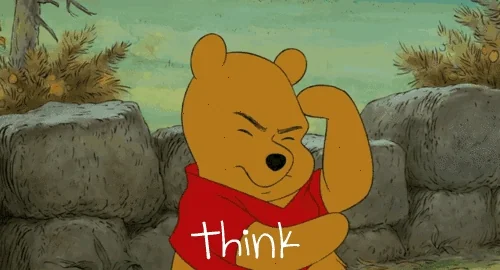
Tips for a strong answer:
Choose a story where you had to push yourself or solve problems.
Highlight what you learned and how you grew.
Keep it under 2 minutes — skip tiny details and focus on your actions.
An Example For You

If you're a student or just starting out in your career, you might not have years of experience — and that’s okay. Here's how you can still share a strong, real-life example using what you do have using the STAR method:
Situation: During my final year of university, I joined a fast-paced student-led sprint to improve campus navigation.
Task: We had just five days to complete the project, and it was my first time working on a design challenge under such a tight deadline.
Action: Although the pressure felt overwhelming at first, I shifted focus to what I could control: talking to users, gathering insights, and mapping out their pain points. I helped organize our team’s next steps and simplify the complexity.
Result: Looking back, I realized I thrive under pressure and enjoy turning messy problems into clear, actionable solutions.
Your Turn!
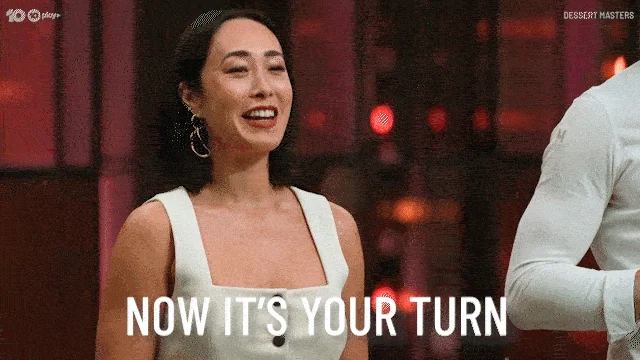
You're in a job interview for a full-time entry-level position. The interviewer asks: “Tell me about a time you had to meet a challenging goal.”
Which of the following responses best follows the STAR structure?

A. “In my senior year, I was juggling multiple priorities — I had classes, job applications, and a team project all happening at the same time. It was definitely overwhelming. I used a planner to stay organized and focused on one task at a time. I made it through everything without missing a deadline, and I think that really showed me how well I can manage pressure when it matters most.”
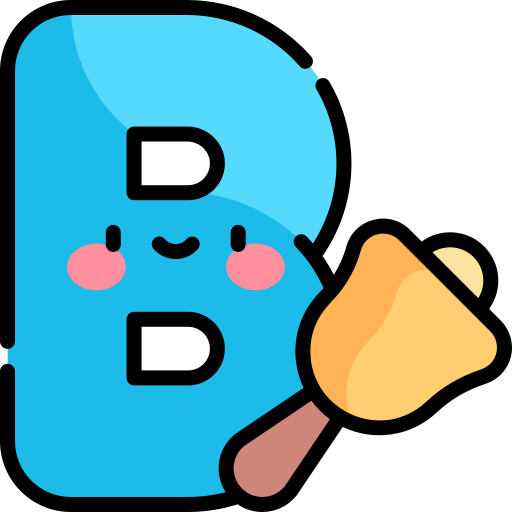
B. “While working at my campus coffee shop, we had frequent complaints about delayed or incorrect mobile orders. I tracked order issues for a week and found most errors happened during peak hours. I suggested assigning one person to handle mobile orders during that time. We tried it, and order accuracy improved noticeably. That experience taught me how to spot problems, take initiative, and make practical changes that improve customer satisfaction.”
Quiz
Which answer best follows the STAR method?
Take Action

Now that you know how to break down a strong answer, try it yourself! Here's a simple list to get started:
Your feedback matters to us.
This Byte helped me better understand the topic.
